The Nations of the ChargeReal: Bazistan Region Pt. 1
As I’ve mentioned in the past, my ultramodern warfare projects are set in ChargeReal, an alternative universe set in approximately the modern day but with a few modifications and tweaks to allow the setup of whatever situation or series of events I want to play, without causing any potential problems with players or commentators. Building a whole world up is a monumental task but it is definitely something I’m enjoying.
As I am an incredibly practical/lazy man, my world-building is not particularly visual. I know many people sit down with a piece of paper, draw a map and then start filling it in. In contrast, I start by thinking about which interesting geopolitical situation I want to make, work out what nations it needs to border and then create a spider map to show the connections and work out a rough location. For example, this is what the current region I’m focusing on looks like.
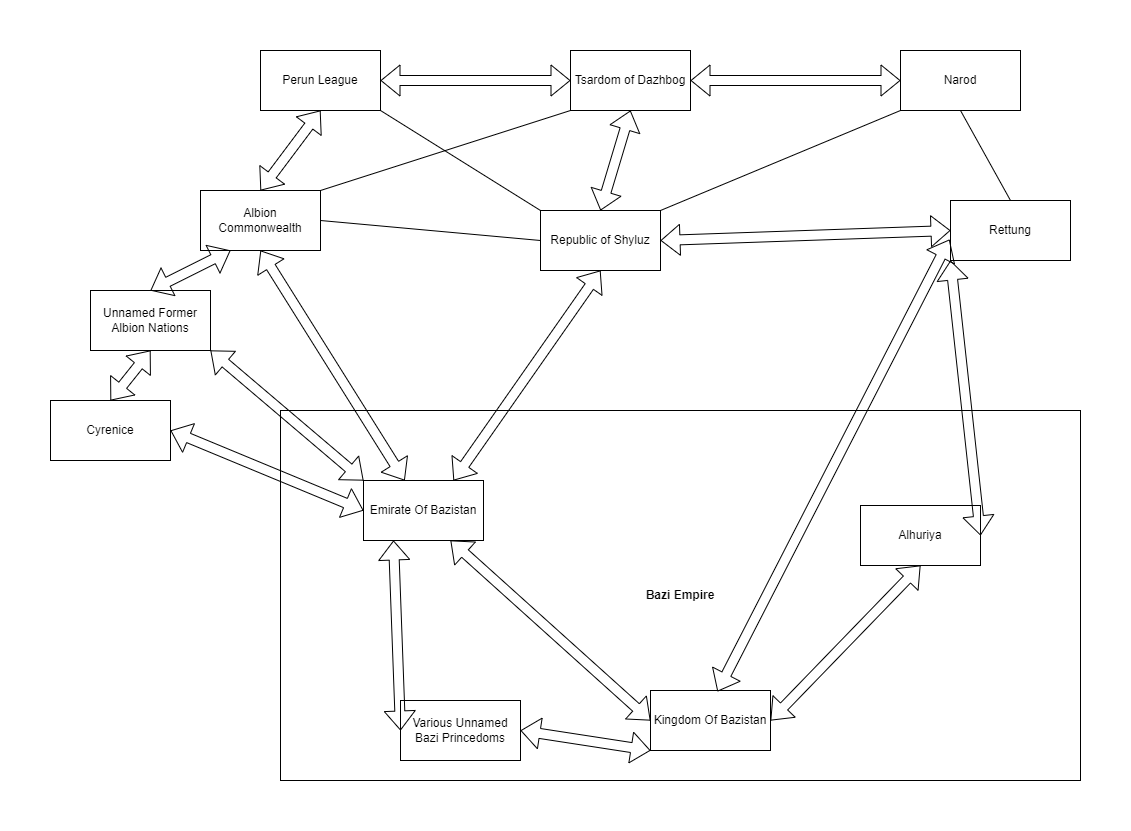
Jeez, you can tell I’m a programmer, can’t you?
To help read it, each of the boxes is a governing entity, a nation controlling its territory. The bi-directional arrows show countries that border each other with accessible transport routes between them, while the solid lines are closed or inaccessible borders (such as mountain ranges, impenetrable desert, undeveloped forests or belts of landmines, unexploded ordnance and manned defences (Editor’s Note: looking at you Tsarist/Albion border).
With that horror out of the way, let’s take a look at the key nations that will appear in my upcoming campaign. Because there is a lot to write, I’m going to start with the nations on the Bazistan continent.
As a side note, the photographs in this article are pulled from Wikimedia Commons. As the ChargeReal is a fictional location and my art budget doesn’t quite stretch… anywhere, I’ve instead broken up my wall of text with some of the inspiration images I’ve gathered for my ideas.
The Empire of Bazistan
Everywhere you go in Bazistan you can feel the history… and probably the buckets of blood that’s stained every inch of that Empire.
Robert “Scout” Kasarda – Arcadian External Security Agency (AESA)
For a name that has survived from its creation in a whole other project, you might be surprised to find that the empire that calls the Bazistan region its home is going to be a pretty major focal point of my games going forward. A lot of the forces I’ve collected have been based around this nation and my terrain collection is much more themed for MENA (Middle East/North African) settings over things like the South Pacific or the winter steppes.
Bazistan is a peninsula on a larger continent. Due to it being a large area, there is a wide mix of climates and biomes, taking inspiration from everywhere from the Mediterranean coast to the Afghanistan/Iran mix of deserts, mountains and plains.
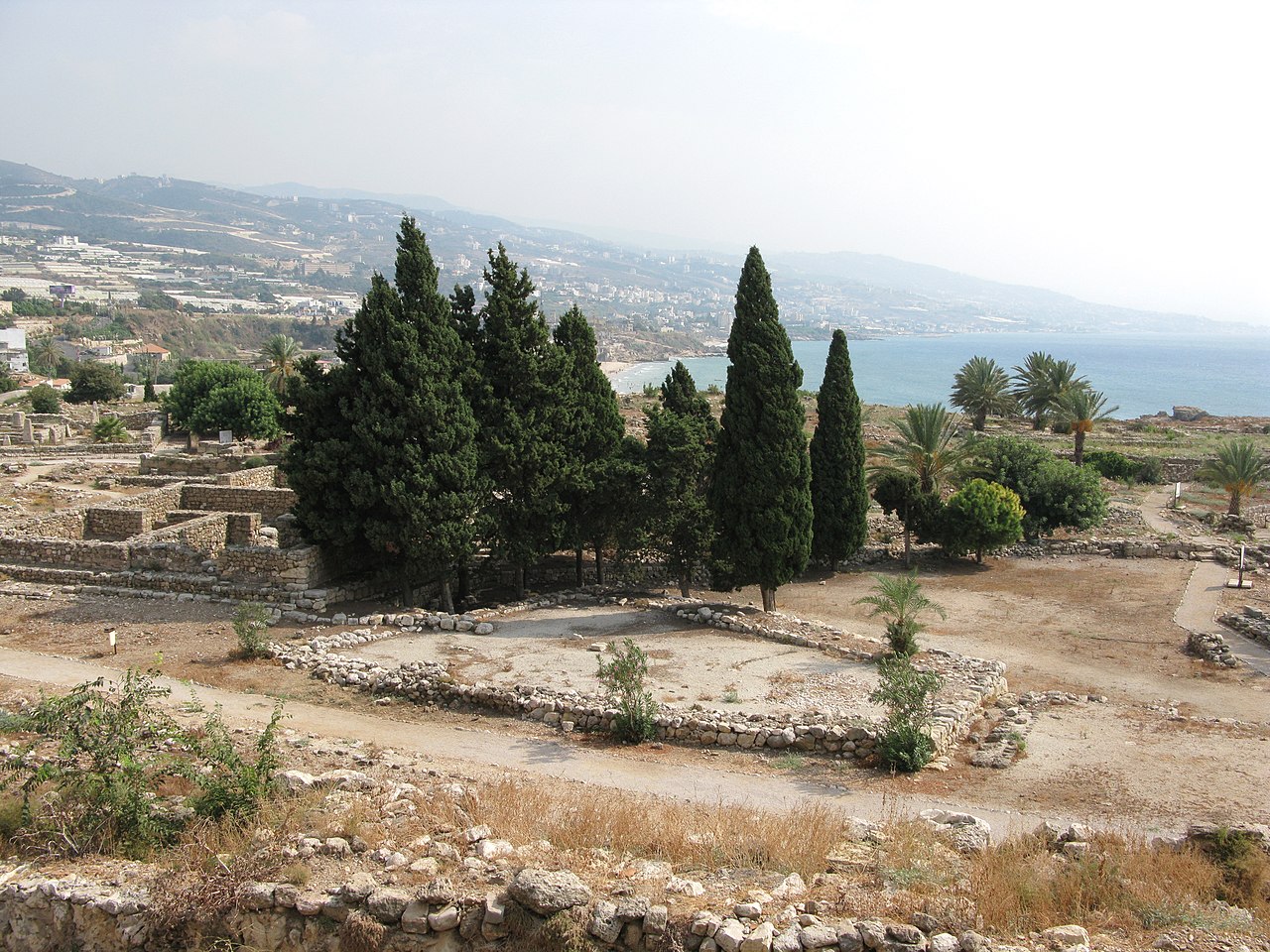
When thinking about Bazistan, it’s very easy for the Hollywood orange sandy filter to drop and bring with it a set of notions about the people living there. However, in the ChargeReal setting, the Bazi Empire is actually one of the longest-running Empire in existence, rivalled only by the Kingdom of Alaeze (Editor’s Note: an advanced African-inspired nation that I’m still working on) for its age. It’s seen every advancement to bring it into modern times, lasting through internal strife and external assault. Throughout its rise and decline, the Bazi Empire has always existed in some form, growing and shrinking as its internal elements rise and fall.
At an Imperial level, we have several organisations that are responsible for the overall state of the Empire. Funded by taxes and tithes to the smaller parts of the Empire, these organisations are responsible for efforts that keep the Empire united and working for the benefit of the Emperor (the ruler of the Kingdom of Bazistan). As well as economic coordination and military cooperation commands, perhaps the most likely members of this we’re about to encounter are members of the Bazistan Intelligence Services, such as the Bazi Counter-Espionage Agency (and the pile of leather jacket/cheap cigarette smoking models I keep assembling).
Rather than leaving the Empire as a single entity, I came up with three major nations with the Empire itself to help increase the variety and potential flashpoints for gaming. These three are the main ones that will be referenced over and over again, and whose actions are the main focus points of the large-scale histories I may write about this setting.
The Kingdom of Bazistan
Ah, the home of the throne. The land of a thousand princes and princesses and 75% of them are lunatics. The current King knows how to keep them on a leash, but it’s going to be a cluster when he passes away.
Bazi City is a shining jewel though – visit when the Princes aren’t squabling and it’s the safest city on the planet.
Robert Kasarda – Arcadian External Security Agency (AESA)
The Kingdom is the heartland of the Bazi Empire. It’s the seat of the ruling family, containing the home of the Bazi Family that brought the Empire together and so is thick with historical sites. It is also the breadbasket of the region, a place where rivers from the northern mountains flow into fertile floodplains and deltas, now being used for energy and agriculture. Relatively sheltered from outside neighbours and with a bounty of resources, The Kingdom has been able to expand and evolve, establishing a reasonably advanced economy and technology base, if held back slightly by its governmental system.
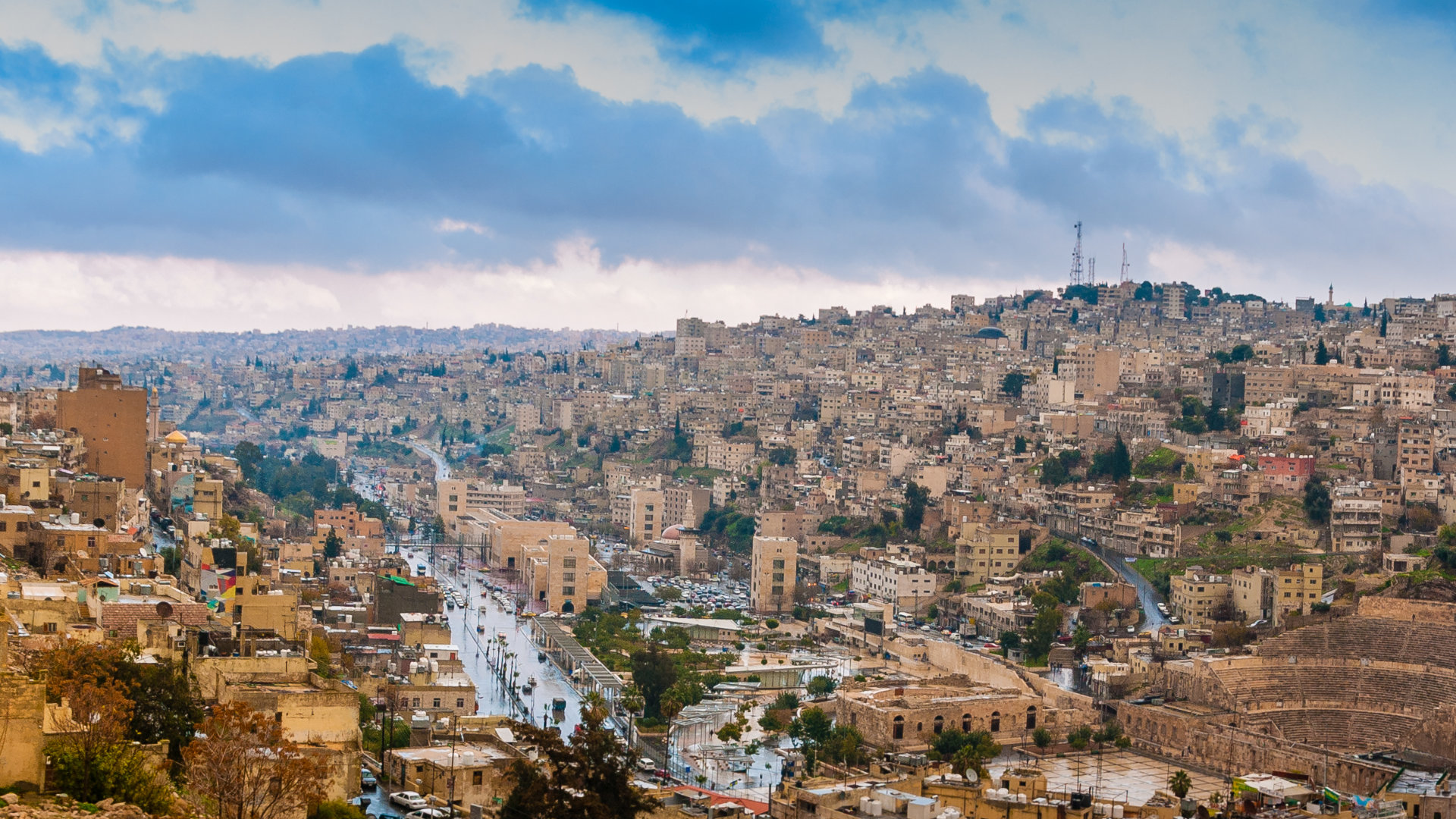
The Kingdom’s government is a semi-Feudal System, with a central king ruling from the capital and gifting provinces to his nobles in exchange for paying tithes to the central Kingdom and the Empire as a whole. Most of the nobles (who also act as advisors to the King) are members of the extended Bazi family, with lineages stretching back to antiquity, often still controlling the same area of land as their ancestors did. There is some form of limited social mobility in the noble class, however, all moves are controlled by the King and his court. The noble class is an everchanging sea of alliances and factions, all hoping to gain more of the King’s attention.
What this means on a day to day is that the Kingdom can feel a little more like a confederation of aligned states rather than a cohesive whole. Different Princes/Princesses provide different levels of support to their citizens, ruling as autocrats with strict controls while others are more liberal in their approaches. The Kingdom has always focused on a basic level of civil rights (free movement internally for example) which does help to get rid of some of the more monstrous nobles from using their population for ill purposes. But, it is only a basic level – as long as loyalty is maintained and the tithes come in, the various princedoms do what they will economically and socially.
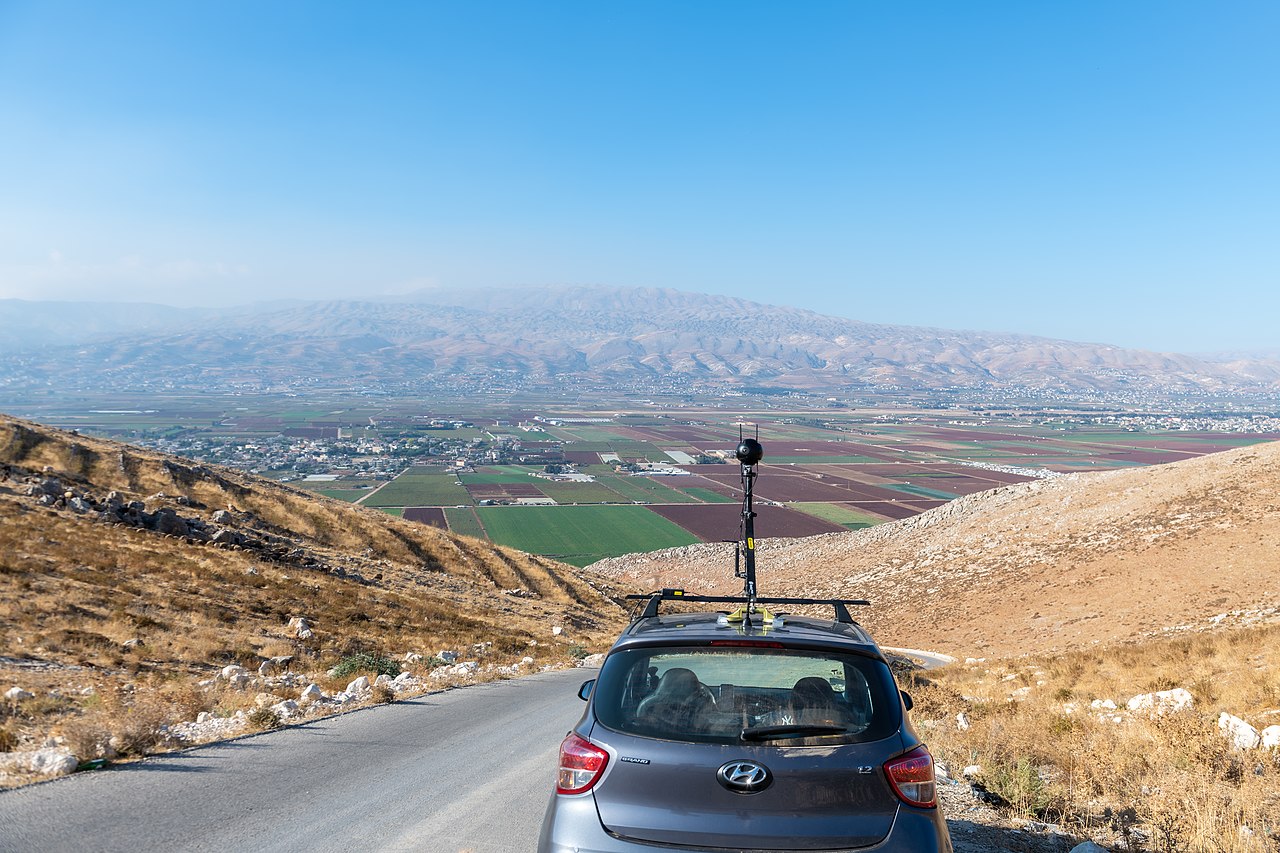
Militarily, the Kingdom is a modern player on the main stage. Their troops are well equipped and well-armed as well as being trained in using their equipment. Rather than being a fully professional force, every adult male serves three years of conscript service before being forced into the reserves. As well as Naval, Air and Land branches, the local princes also raise their own paramilitary units. These vary wildly – from hand-picked personal security details to local “protection” units (armed and equipped militias) up to private military contractors that perform tasks inside and outside of the Kingdom (often as a handy earner for their controlling noble). For example, The International Janissaries mentioned in previous battle reports make sense as something that evolved in this arrangement – a Prince’s pet project of a well-trained military force at his beck and call until a fall from grace moved them to now operating out of Alhuryia as a true Private Military Company.
These paramilitary groups, combined with the feudal nature of the Kingdom’s internal structure, are some of the few places that show how the stability of the Kingdom might one day start to fall apart. When two nobles get into a disagreement, tit-for-tat gun battles and raids will begin to occur, leading to the risk of greater escalation until the King intercedes to halt the potential violence. We’re not talking full-scale wars, more like raids between smaller groups in bordering areas or targeted assassinations and destruction. However, in the event of the King’s death, it’s possible that the various princes will escalate their scuffles into something more, made worse by the attachment of Princes to military units.
There are only two parts of the Empire immune to this particular powder keg – The Emirate and Alhuriya.
World Building Note: My idea behind The Kingdom is to assemble a mostly stable nation that might explain why this empire has existed so long. However, bringing in some of the touches from Medieval feudalism allow for some smaller actions between squabbling princes, the kind of missions that would play perfectly in a game like Sangin or Spectre.
The Emirate of Bazistan
Not the friendliest place from someone from a three or four character agency. They have an old castle in Al-Hurish they like to put spies in and let them rot away or drop them in the Western Desert and tell them what direction the closest border is.
That said, hard land breeds a hard people. Just ask the Cyrecian boys still trying to capture the Nadr river basin. Or the Albion boys who tried it before then over the years. Or the Tsarist bodies they keep pulling out of the snow from the bad old days in the mountains on the northern border.
Robert Kasarda – Arcadian External Security Agency (AESA)
If the Kingdom is the dominant nation in the Empire, then the Emirate is very close behind. In my head, the Emirate was formed long ago by a Bazi Emperor splitting the Empire between his sons – To his firstborn, he became the ruler of the Kingdom; the land of the Emirate was instead given to the more serious son, the one that could be trusted to make the tough calls.
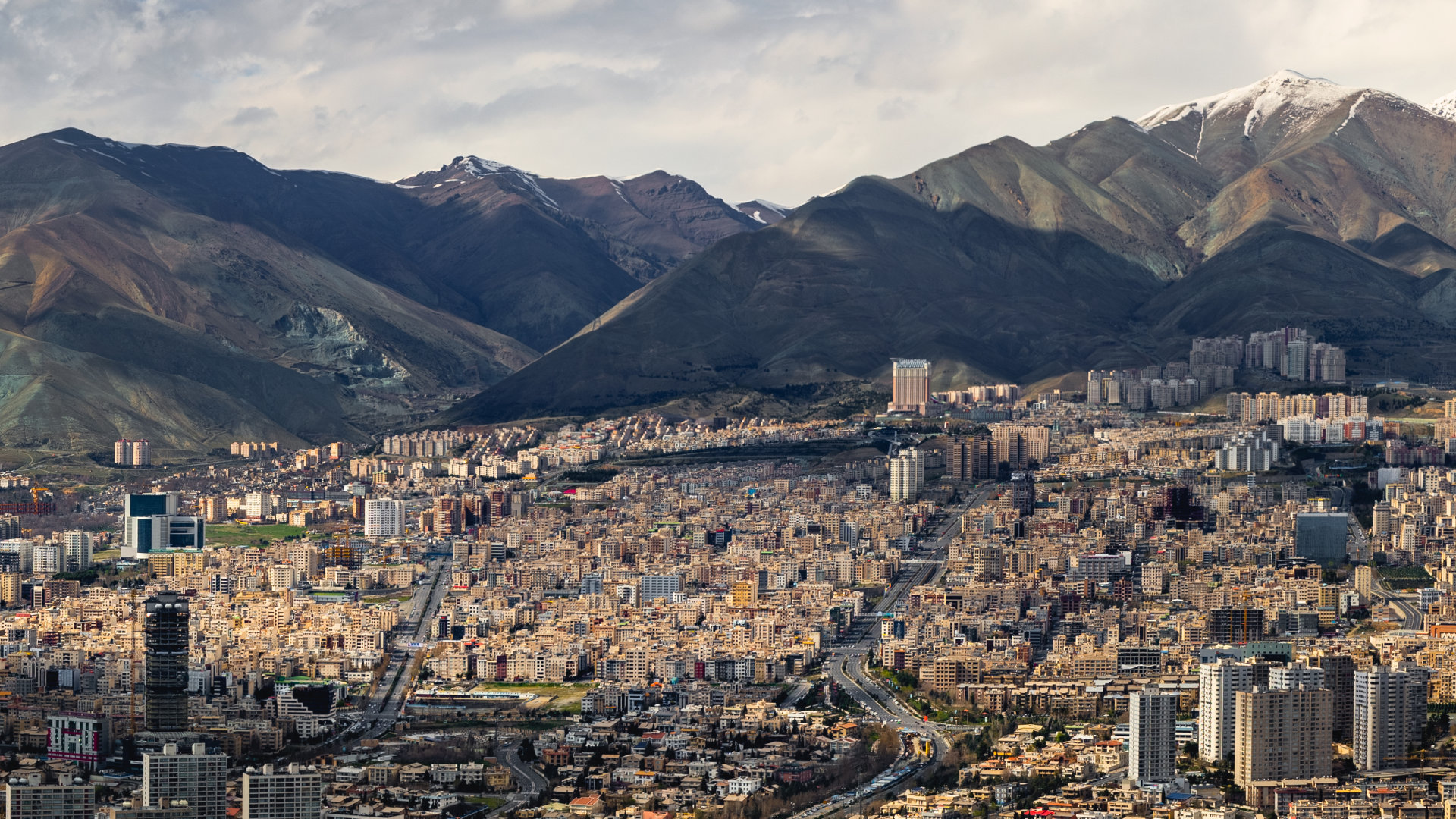
The reason for this is that even in ancient times, the Emirate is the shield around the Kingdom. On its Northern and Western borders lay natural defences – towering mountain ranges, wide flowing rivers, thick marshes and harsh deserts. As the lands beyond them were claimed by other Empires (Albion and its successor states to the West, the Tsardom to the North), the Emirate became the borderlands. Regions either side of the border (such as Al-Bawaaba) would be traded back and forth in wars and crusades (each one threatening instability within the Emirate) and this military fighting has extended even into the modern era. In fact, one reason behind the Albion Civil War, a major event in the setting that I’ll cover in the future, comes down to a long, bloody and ultimately unsuccessful war that was attempting to capture land inside the Emirate.
While the Kingdom is a collection of nobles serving the King, the Emir rules as the sole head of the country. Every government establishment is directly linked to serving and protecting him, with oaths of office including promises of fealty with a punishment of death if that promise is broken. This puts a dangerous level of power in the hands of the Emir but is seen as required due to the Emirate’s precarious situation. A shield needs an iron grip on the handle.
This iron grip is not without its weaknesses. Having such a demanding control over the population has led to a general feeling of discontent in the population, especially with the news of the semi-democratic process over in Alhuriya and the modern values of Al-Bawaaba, and there is a wish among part of the population to have greater involvement in their governance. Rebellion and revolts have been common throughout the history of the Emirate, as well as brutal crackdowns to restore the status quo.
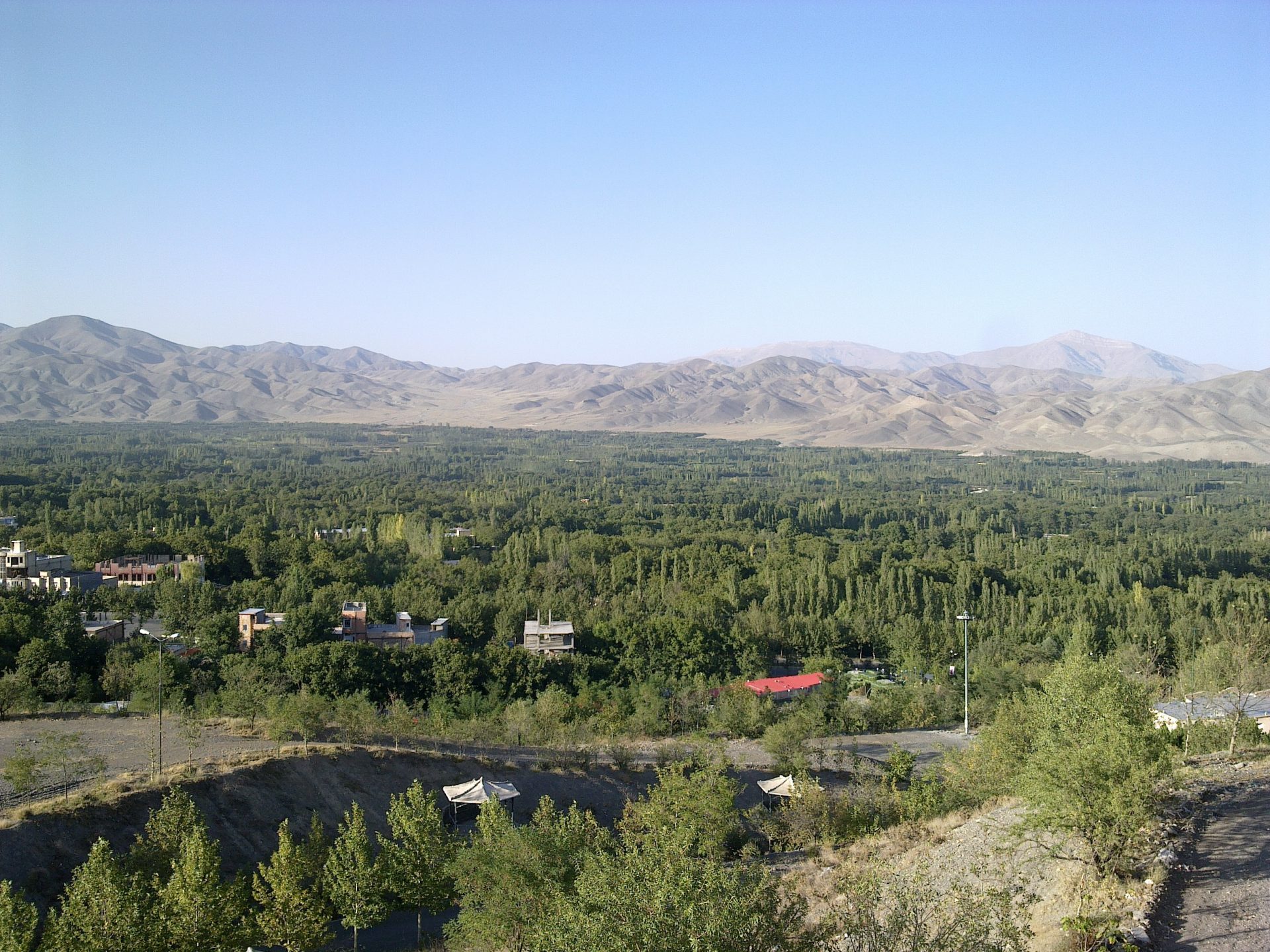
In modern times, this is made worse by the fact that the Emirate became INCREDIBLY rich when oil was discovered in the border regions in the early 20th century. Sadly that era has now passed – production is dropping, while exploration has revealed that the rest of the oil resources are much much deeper than the initial finds, requiring greater investment by the state oil company EMIRCO. This is another line item to the list of investments the government needs to pay for, and the Kingdom seems increasingly less interested in subsiding its poorer brother. There is some promise in the discovery of other minerals and mining in the border regions, but more investment is required in them and the Emir is cautious about inviting foreign mining interests to speed up the process.
These economic issues mean that militarily, the Emirate is slightly behind the times compared to the Kingdom. It can’t afford the latest gear, or to keep large numbers of highly trained troops on standby permanently. Instead, it relies on a mass of quick-mobilisation reservists to reinforce a core of highly trained troops and a network of smaller internal security forces that can (in times of war) perform some military actions. A lot of the vehicles are of an older generation compared to the Kingdom’s stockpile but they have been upgraded with new sensors, upgraded weapons and defensive packages developed with Alhuriyan defence companies – the constant skirmishing on the Emirate’s border (as well as the counter-insurgency actions within the country) provide a good testing ground for newly developed components.
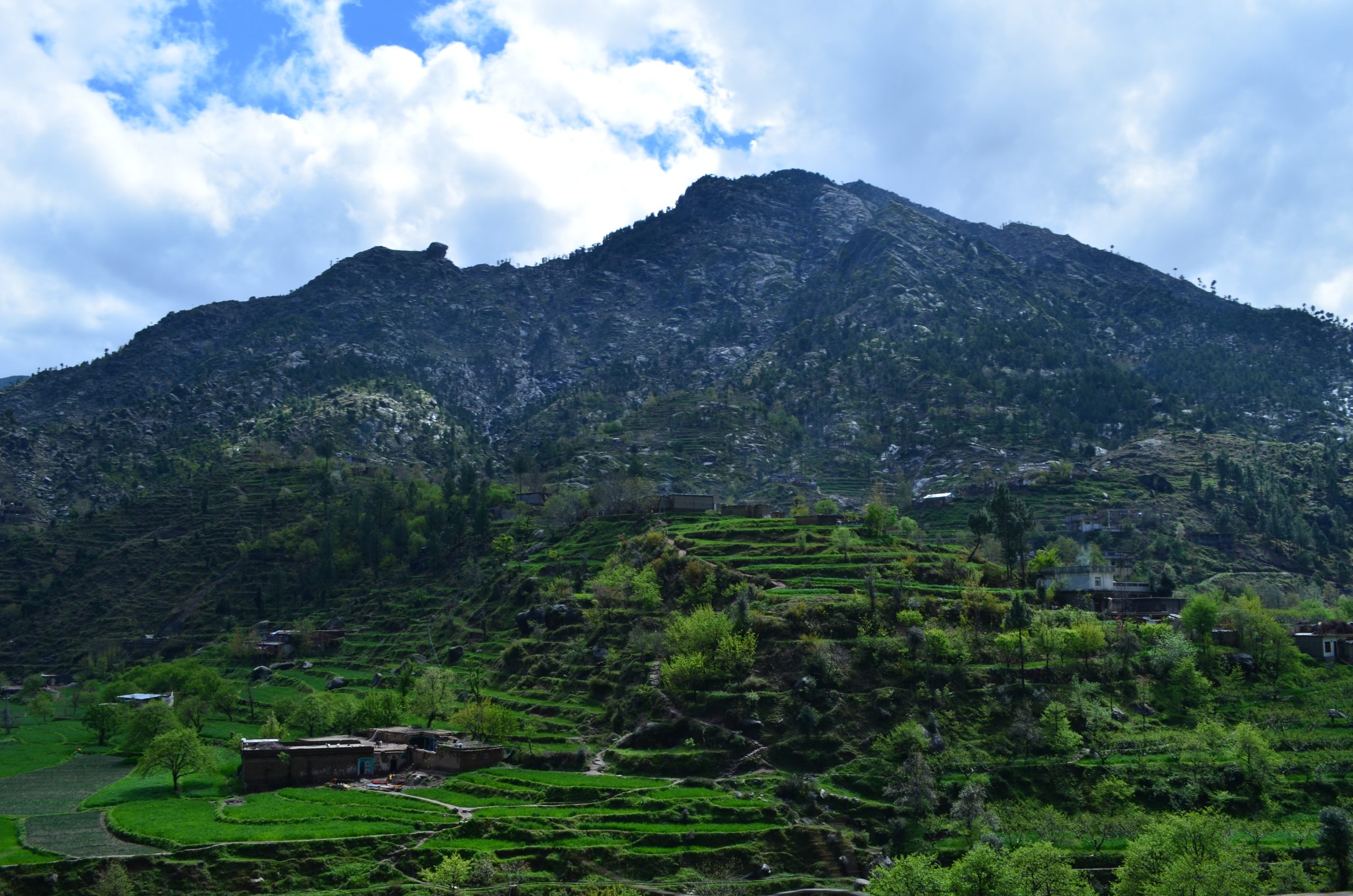
One final item to mention is what sits between Al-Bawaaba and the Emirate – the Tribal Region. This area is a mixture of mountain ranges bordered by desert, populated by tribes that move freely across the border. Traditionally, these tribes were loyal to the Emir, their featly sworn in blood after the battles against the ancient empires that became Albion. In fact, this loyalty once saw them being used as the Emir’s bodyguards and internal security, cracking down on rebels and revolutionaries. Slowly however, this has begun to change. With the discovery of rare earth minerals under their hills, as well as cross-border oil deposits in the deep desert, some of the more ambitious members of the tribes have begun to realise how they might be able to dictate their future, rather than bending the knee to the Emir. Al-Bawaaba, already seeking more independence from the Albion Commonwealth, has seen the tribes as a potential way of expanding their resource base. They have started by inviting tribal leaders into a “Council for Cross-Border Affairs” and beginning to offer medical and educational assistance to the remote groups, with the hope of eventually allowing some economic organisations access to the resources of the area. The Emirate hasn’t yet overtly interfered with this process, but several suspicious sabotages and deaths may be linked to the Emir’s internal security forces.
World Building Note: As you can tell, I’ve spent a lot of time thinking about the Emirate – it draws a lot from the ideas of Bazistan back in its original idea. It’s also being set up as a nation in a precarious position, leading to the possibility of a larger-scale war between it and its neighbours, as well as risks for internal conflict – training up reserves while ruling with an iron grip is not always a good idea.
So, those are the two major nations in the Bazistan region – the Kingdom and the Emirate. However, these aren’t the only locations I’ve come up with that play a major part in the area. Next time I’ll cover the others, as well as providing a few more hints as to what’s going on in the surrounding regions.
I appreciate this isn’t exactly wargaming related, but I’m having a lot of fun setting up the nations for what’s about to happen next. Hopefully you’ll stick around for the next part, as well as further articles covering more of the ChargeReal.
